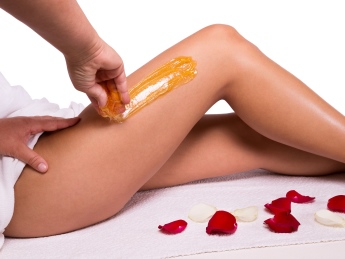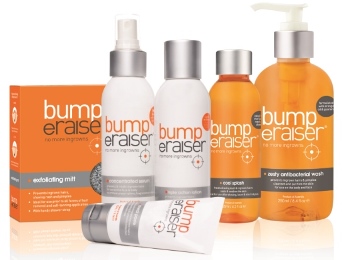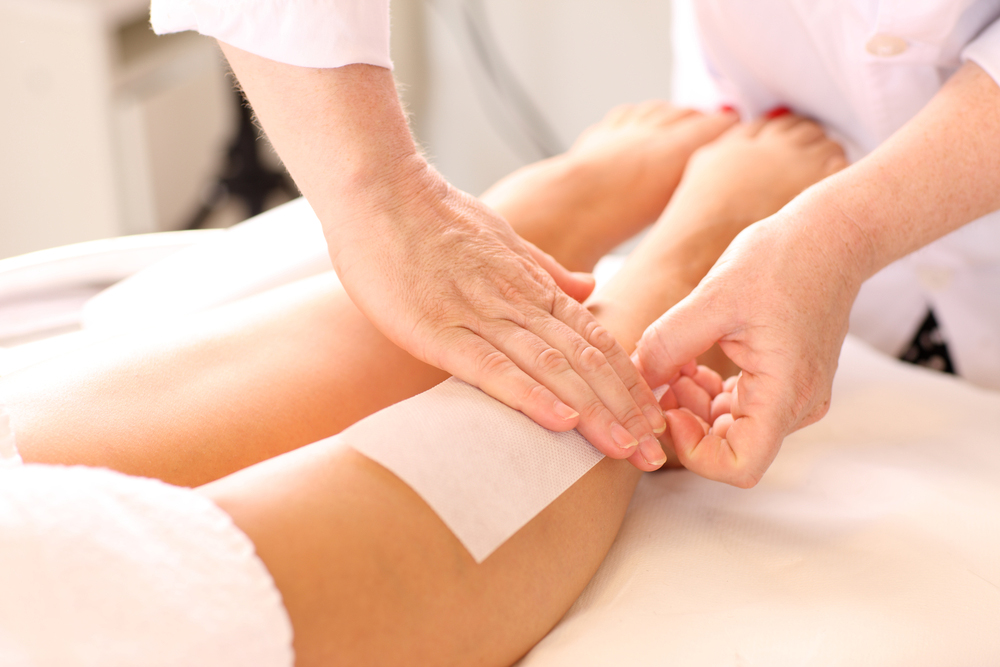
Waxing will never be a totally painless experience, but a good therapist with the right products can make a big difference. Caronlab Australia’s international training coordinator Holly Hayes explains three common reactions that sensitive skin can have to wax – and ways to avoid, or at least minimise, them.
1. REDNESS & INFLAMMATION
Redness and inflammation is a common and natural side effect of waxing as the hairs are being removed from their roots.
The solution:
Choose the right wax.
Using a superior wax with high quality ingredients will cause much less irritation to the skin. I can’t stress this enough; wax is not just wax. Cheap, inferior wax, made with poor quality products is the main cause of irritation. Usually we are told ‘natural’ is better but when it comes to pine (tree) resin in waxes but unrefined resins can cause allergic reactions and product instability. Top of the range synthetic resins (which are usually described as hydrocarbon resin or polycyclopentadiene on packaging) are much safer, more consistent in production and easier to work with.
Choose the right pre- and post-products.
If you’re using a wax that requires pre-waxing oil, make sure you use one as this removes all traces of dirt, makeup, cream and body oil etc. Peppermint oil provides a refreshing cool feeling and acts as a soothing agent. It also improves the adherence of the wax to the skin meaning therapists don’t have to go over any areas more than once (another sure way of reducing irritation to the skin). After waxing use an after-waxing lotion – I suggest one containing Tea Tree, Mango or Witch Hazel as these ingredients calm, soothe and replenish the skin with vital nutrients.

2. INGROWNS, BUMPS AND PIMPLES
Ingrown hairs and pimples are extremely common after waxing.
The solution:
Ingrown hair treatments are the perfect addition to any treatment as well as a great retail product for salons. For example Caronlab’s Bump eRaiser collection has been designed to help prevent and eliminate ingrown hairs, redness and bumps following hair removal. The collection includes Medi Paste (a highly concentrated spot solution to help eliminate ingrown hairs, razor bumps and pimples), Concentrated Serum (calms sensitive skin after hair removal), Zesty Antibacterial wash and Triple Action Lotion (reduces the discomfort of hair removal and retards hair growth). In addition, don’t forget to encourage your clients to exfoliate daily as prevention is always better than a cure.
3. PAIN & BRUISING
Using an incorrect waxing technique can cause serious damage to a client’s skin including unnecessary pain and bruising.
The solution:
Get to know your wax. Invest in a good heater and get to know the perfect consistency of your chosen wax.
If you are treating an older client, be especially gentle as their skin can tear and bruise easily. Always remember to always ask if they have started taking any new medication before each wax. A lot can change in four weeks and medication can also play a factor in how a client’s skin will react to your treatment.
CONCLUSION
As therapists, it is our job to do all we can to make a client’s waxing experience (before, during and after) as pleasant as possible. It is important that you don’t cut corners. This sets you apart from your competitors and ensures your clients feel the difference in waxing. After all, if they suffer severe side effects because we aren’t using the right products or technique they definitely won’t be back!
The good news however is that with the winning combination of the right products, the right technique and appropriate aftercare advice, we can minimise side-effects on even the most sensitive skins.
Caronlab has been supplying beauty salons in Australia and around the world with superior salon waxes and accessories since 1979. For more information visit www.caronlab.com.au.

